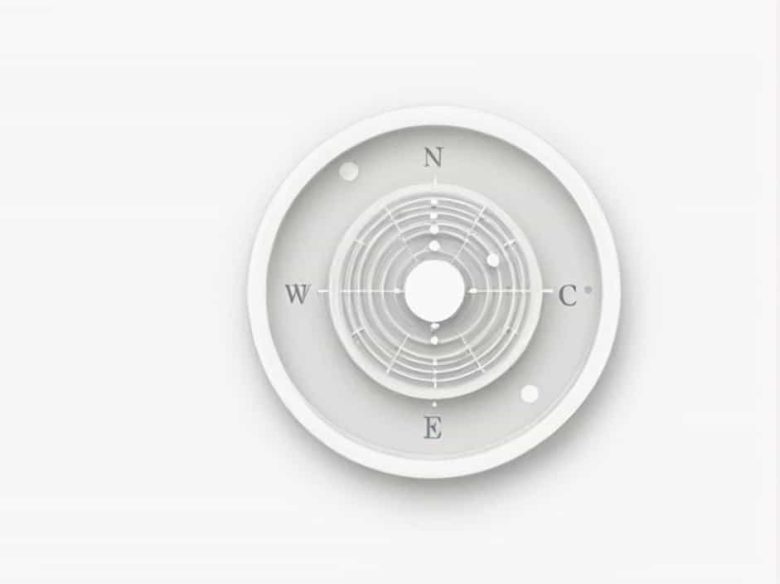The Heliocentric Model proposed by Nicolaus Copernicus stands as one of the most significant breakthroughs in the history of astronomy. Before Copernicus, the geocentric model, which placed Earth at the center of the universe, was widely accepted. Copernicus, however, introduced a new way of thinking that radically changed our understanding of the cosmos. In this …
An annular solar eclipse is a captivating celestial event where the Moon covers the center of the Sun, leaving a brilliant ring-like appearance known as the “ring of fire.” This phenomenon occurs when the Moon is too far from Earth to completely obscure the Sun, resulting in a mesmerizing visual spectacle. On May 21, 2031, …
On April 8, 2024, a total solar eclipse will sweep across North America, offering a breathtaking celestial event for millions of people. New York is among the states that will witness the eclipse, but only some areas will experience totality, where the Moon completely covers the Sun. This guide will cover the path of totality …
The 2024 total solar eclipse is one of the most anticipated astronomical events of the decade. On April 8, 2024, the Moon will completely cover the Sun, creating a breathtaking display of darkness in the middle of the day. The path of totality for this eclipse will be different from previous events, offering millions of …
Neptune, the eighth planet from the Sun, is a captivating celestial body that lies at the edge of our solar system. Unlike Earth, which maintains a nearly circular orbit, Neptune’s orbit is somewhat elliptical, meaning that the distance between Neptune and the Sun changes as the planet travels along its orbital path. This fluctuation in …
Comets are among the most fascinating objects in our solar system. When they approach their closest point to the Sun, known as perihelion, they undergo dramatic changes. This is when they appear brightest and most active, often developing a glowing coma and a long, striking tail. In this topic, we will explore what happens to …
The idea of NASA astronauts stuck in space sounds like something out of a science fiction movie, but it has happened before and could happen again. Space missions are complex, and any failure in the spacecraft, communication systems, or life-support technology can lead to astronauts being stranded far from Earth. With NASA planning more missions …
The Pleiades, also known as the Seven Sisters, is one of the most famous star clusters visible in the night sky. Found in the constellation Taurus, these stars have been subjects of myth and folklore across different cultures. In Greek mythology, the Pleiades were the seven daughters of the Titan Atlas and the sea-nymph Pleione. …
The search for habitable exoplanets has been one of the most exciting areas of modern astronomy. Scientists have discovered thousands of planets outside our solar system, but only a few meet the criteria for potential habitability. Among them, Proxima Centauri b is considered one of the most promising candidates for a planet that could support …
The twinkling of stars is a beautiful and familiar sight in the night sky. However, few people know that this twinkling, or stellar scintillation, is caused by a scientific phenomenon known as atmospheric refraction. This topic will explain what atmospheric refraction is, how it affects the appearance of stars, and why planets do not twinkle …









